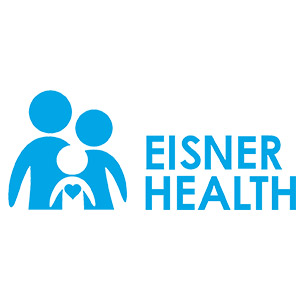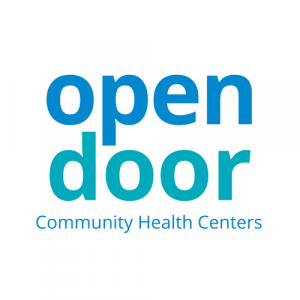OVERVIEW
People with behavioral health conditions often experience poor health overall, and those with a diagnosis of serious mental illness or substance use disorder die on average 20 years earlier than others, often from preventable physical illnesses.
Only one-third of people with any type of mental illness receive treatment, and just 10 percent of people with substance use disorders are treated. In California and nationally, there are dramatic racial and ethnic inequities in access to and utilization of care. Within Medi-Cal, for example, Black, Latinx, and Asian enrollees receive needed care at lower rates than their White counterparts. These unmet behavioral health needs are a health and health equity crisis in California.
While county behavioral health plans are primarily responsible for Medi-Cal services for serious mental illness and substance use disorder in California, people with all levels of behavioral health and social needs present in primary care settings. In response, community health centers have greatly expanded their behavioral health capacity, and today most community health centers routinely screen for distress using validated screening instruments, such as the PHQ-9, and refer patients for treatment. However, only a fraction of community health centers provide a full suite of behavioral health services and proactively manage patient outcomes on par with their management of physical illnesses. Additionally, a lack of alignment between behavioral health services and social resources is commonly cited as a pain point for patients, families, and providers alike.
Given the growing mental health crisis in California, continuing to expand access to integrated care is a priority for California’s community health centers, policymakers, and other stakeholders. This learning collaborative was developed to help community health centers with existing commitment and capability for integrated care expand and strengthen their behavioral health program, align programs with social needs care/resources, and adopt health equity practices that can improve access, utilization, and outcomes for targeted populations.
















